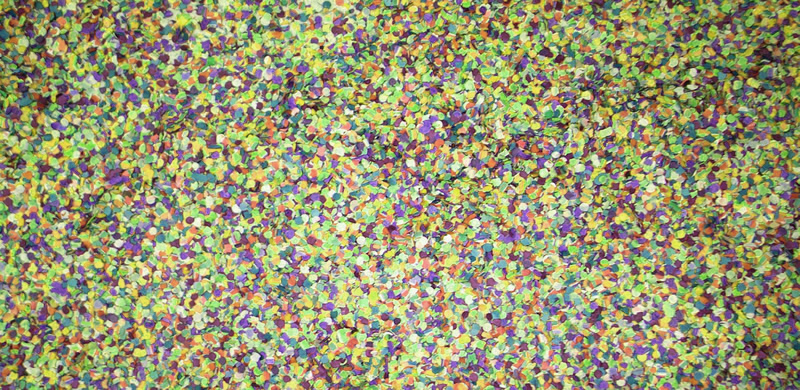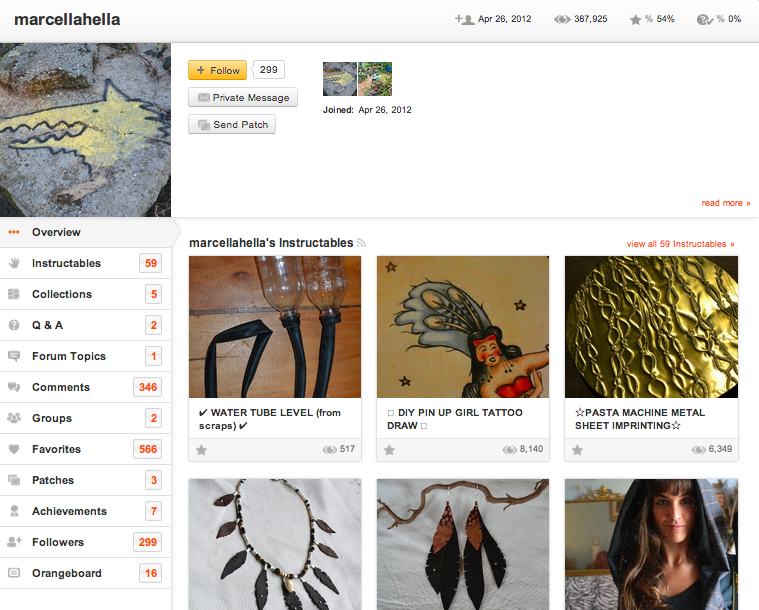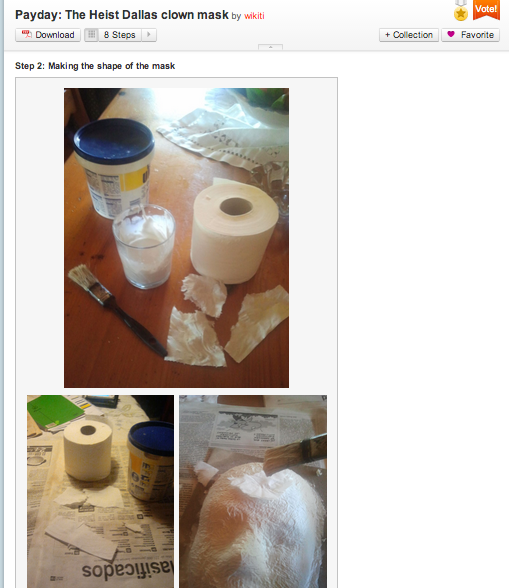

As we discussed earlier, we’ll be thinking about assessment on the web for the next few weeks. This week, we’ll look at our priorities for assessment, and walk through some examples of how these ideas work in action.
#Design Principles
As learning on the web has evolved and “grown up”, a few innovative trends have emerged. Certain principles tap all the connectedness that the web has to offer. Of the learning communities we consider successful and that we admire, several share the following principles:
Recognize different paths to the answer. Traditional assessment structures often resemble binary code: they are either on (right) or off (wrong). There’s a mismatch between this kind of black-and-white approach and working on complex projects: solutions are often iterative, and understanding grows over time. Say you’re an urban planner tasked with building a new park. There are countless ways to approach the problem–you could optimize for greenery, for social interaction, for ecological impact–and all of the answers would be relevant. Real world problems often have several solutions. The way we learn and recognize learning should not be “one size fits all.”
Model concepts of quality and community norms. Learning communities determine what is “in” or acceptable, and what isn’t. Community moderators or experienced members often shine a light on what they consider to be of quality, for instance with “Featured Projects” or “Projects We Love” gallery. Imparting exemplary work with some sense of status models behavior for the wider community.
Foster deep conversations and social presence amongst community members. As mentioned in our previous post, participating in a learning community is a way to master both a domain and the norms and values of a community. For example, say you post your latest crochet mittens to the knitting community site Raverly. The feedback from the community will: a.) make your future crochet projects more stitch-perfect and, b.) model for you how to participate in the larger Raverly community. If you’re stuck on a certain pattern, consulting experts on Ravelry can buoy you up, help you overcome obstacles and take risks.
Build in reflection and self-assessment. In educational circles we often hear about building a “reflective practice”–asking learners to look back on their own work, diagnose their understanding, and imagine how they might use these skills in the future. In eduspeak we call this “metacognition”: thinking about your thinking. Which is positively correlated with lifelong learning and self-directed exploration. Which I think we can all agree is a good thing.
Support a learner’s continued growth and evolution. E-portfolios and other similar mechanisms make space to showcase how we evolve, and tap the wealth of resources available on the web. As learners progress they gain visibility within a community, and they are expected to take on increasing responsibilities, e.g. to help others, provide feedback, or maintain the norms of the community.
#Folks Who Do It Well
As part of the open & online education community, we’ve come across scores of platforms and learning networks. A few of the ones we admire put in place several of the assessment principles we outlined above.
Scratch, the playful programming environment out of the Lifelong Kindgergarden Group at the MIT Media Lab, hosts a vibrant online learning community for its “Scratchers.” To onboard new community members, the front page models what the community determines to be of quality–the ”Featured Projects” area shines a light on exemplary projects. To draw a path for new learners through the community, users pass through the phases of “New Scratcher” “Scratcher” and “Community Moderator.” There’s even a whole group in the forums to support new Scratch members.

These labels are useful: the community understands that New Scratchers need more support and feedback to get off the ground. Then as learners acclimate to the culture, they are recognized as experts and become “Scratchers.” Each label does its part to support a sense of belonging amongst community members. Additionally, Scratch offers multiple ways to develop strong social ties with other Scratchers by enabling sub-communities to form around any interest. This strengthens the feeling that Scratch can be a home for the learner, and a place where she can find others with similar passions. Scratcher online profiles create a portfolio-type effect that allow you to observe the set of a learner’s projects, but also projects of other Scratchers they liked, and active curation of projects in the community. Scratchers also frequently reflect on their own work, and the strategies they followed to implement certain features, in the project descriptions they leave for others.
Instructables is another popular learning community where members showcase their DIY projects. The learner profiles showcase the diversity of projects learners have worked on, forming a kind of portfolio that evolves over time. Like other communities on the web, instructables has forums, a question-and-answer mechanism, and groups that have formed around certain interests. Unlike other learning communities, the learner profiles reflect their individual participation in each area, recognizing their expertise and engagement in the community.

Another unique aspect about instructables is that the platform asks you to step out your creation so that others can replicate it. If you post a claymation Halloween mask, the platform asks you to walk through carving the mold, adding a mustache and glueing the googly-eyes.

Not only does this platform recognize different paths to the answer–you could probably find 20 different posts on making Halloween masks–the very act of walking through what you’ve made and explaining it to someone else is a type of self-assessment.
#Open Questions
While our assessment experiences touch on each of these principles, there are several nuts we have yet to crack. One outstanding question is how to approach expertise in an online community. We’re a bit uncomfortable with the term “Expert, ” since it implies hierarchy, but sometimes it is crucial to get feedback from someone who has a lot of expertise. How do we treat those with more experience in an egalitarian way? And how to do make sure that we scale access to expertise - having the world’s foremost expert answer emails from every new member of a community simply doesn’t scale.
Assessment needs to be radically rethought, but it’s difficult to experiment when the stakes are high. Informal learning groups have the freedom to experiment–we can tinker, innovate and try out new ideas. However, there’s a disconnect between what is happening in informal learning spaces and how that is recognized in the traditional system of certification and accreditation. “Badges for Lifelong Learning” has attempted to bridge the gap between informal learning and legitimate recognition, but perhaps they are only one step in this direction. How can we make alternative assessment “count”?